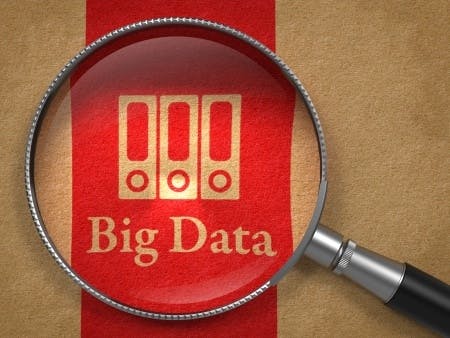Data, specifically good data, drives successful companies.
I call out the obvious with “good data” because a great deal of superfluous and even bad data floats around any company. As analysts often say, “correlation does not equal causation,” but correlation can reveal interesting insights if interpreted through the correct lens.
Discerning the good from the bad, however, is the real trick, especially in this era of big data.
Good data = good business
People data is particularly sensitive because the decisions we make based on the correlations (and causations) gleaned from people data affects lives. That’s why people like Thomas Otter are vital to our industry, helping ensure we are using HR data effectively. Otter was an analyst with Gartner for many years (VP of Human Capital Management trends and lead SAP analyst) before moving to SuccessFactors.
In a recent interview with HRZone, Otter commented:
The modern HR system needs to do more. Make managers manage better, drive employee engagement, provide HR with insights, and most importantly, make the business run better. The HR department is not the only customer of the HR system. Good people data makes the business run better.” (emphasis mine)
That’s the context in which HR functions: managing the real assets that ensures company success (or dooms it to failure) – the people.
Generally, however, we can do a much better job of assembling data on our people. All too often, the data comes once a year from an annual performance review or very informally through conjecture or gossip. The self-promotional types tend to rise to the top while those who are equally talented but less able to promote their own successes tend to have their skills marginalized.
Key 2014 tech trends to stay focused on
So how do we gather more information more consistently from more sources on all employees?
Social recognition, strategically applied, is proven to drive the data needed to make more informed decisions. With social recognition, all employees are on alert for excellence around them, particularly excellence linked to what the organization needs most – demonstration of the core values in contribution to achieving strategic objectives.
When all employees are noticing, acknowledging and – critically – recording detailed praise and appreciation, far more employee data becomes rapidly available for timely decision-making.
Otter confirmed this when asked what he viewed as the key HR tech trends for 2014 (quoting):
- Compliance is not going away. Legal changes such as eSocial in Brazil, RTI in the UK, and imminent changes in EU privacy regulations will keep HR departments busy.
- Social software has already revolutionised recruitment, and it will hit other part of HR in 2014. We are only just beginning to understand the power of analytics, and the reach that mobile brings.
- Think beyond employees, and think total workforce. Contingent workforce is an opportunity and a threat.
- Mobile goes mainstream.
The importance of mobile
Mobile is an especially important trend in this context of vastly increasing the amount of people data available for analysis. Implementing social recognition with a fully integrated mobile platform ensures greater participation (as “mobile goes mainstream”) and therefore more data available.
What do you learn from the data gathered through social recognition? Many things, including which employees excel at demonstrating specific values, who works most effectively across teams or within the team, areas in the company of exceptional performance and areas where intervention may be necessary.
How does your organization generate and aggregate people data? What do you look to learn from your analytics of that information?
You can find more from Derek Irvine on his Recognize This! blog.
